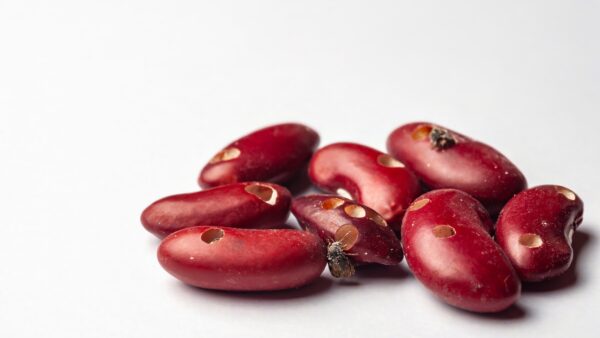NOTE: This story comes with an accompanying podcast — scroll to the bottom of the page to listen!
For the Canadian Seed Trade Association’s new executive director, the key to future success is in not standing still.
Former Canadian Seed Trade Association (CSTA) president Dorothy Murrell notes that there were once only three representative groups that made up the seed industry — CSTA, the Canadian Seed Growers’ Association, and the Commercial Seed Analysts Association of Canada.
In recent years, CropLife Canada, the Canadian Seed Institute and the Canadian Plant Technology Agency were added to the roster.
“When someone in government needed to speak to someone with regard to seed production, they went to one organization. For issues around varietal purity, they went to another. If it was about trade, they went to the third. Now there are six, so it’s a little more complex,” she says.
Today’s seed industry looks much different than it did historically, as the newer associations have been formed and the sector has faced different challenges, she adds. Today, the CSTA remains one of the pillars of the Canadian seed industry, tasked with representing a broad cross-section of Canadian businesses that are engaged in all aspects of seed research, production and marketing, both domestically and internationally. It has more than 130 seed company and association members.
“The seed industry is more multifaceted than it was in early days. The challenge is for all six of our organizations to be heard in unison, for conflicts to be worked out and hopefully resolved, and for the industry to continue to be able to speak with authority on issues concerning its own future.”
That task of finding a voice and working together is one of the goals of the Seed Synergy Collaboration Project, which the CSTA is a part of along with the industry’s other associations.
Dave Carey, who took the reins on July 7 as the CSTA’s new executive director, says Seed Synergy is a key priority for him in his new role. Prior to assuming his new role, Carey was CSTA’s government affairs and policy director.
“We need to provide increased value to the membership as we head down the Seed Synergy path and be an important voice in the discussion,” he says.
Carey takes over the executive director role from Crosby Devitt, who was a big proponent of the Seed Synergy initiative. Prior to leaving CSTA to serve as vice-president of the Grain Farmers of Ontario, Devitt said the project allows CSTA to “create its future” and reach out to other associations and figure out how to better work together.
Carey agrees, but emphasizes the importance of CSTA moving forward as an independent entity while the Seed Synergy discussion goes on.
“We will be fully engaged, but CSTA can’t stand still because of the Seed Synergy conversation. The Seed Synergy project and the regular CSTA strategic planning process have to continue on parallel tracks. They inform one another — they’re not mutually exclusive. Our first priority will continue to be our members. I think Seed Synergy will ultimately provide benefits to our members, but in the meantime CSTA still has a lot of our core work to do.”
Murrell believes the six associations involved in Seed Synergy are realizing there’s a convergence of many issues — communication, public trust, the need to have an influence over the industry’s future, and the need for an efficient regulatory system.
“I think the Seed Synergy project recognizes we have many of the same concerns and matters on which we need to have a single voice. This initiative will provide an even stronger industry voice as we move forward,” she says.
“Nonetheless, I think CSTA will continue to be a go-to organization on matters affecting domestic and international trade and movement of seed, which of course interconnects with the whole seed value chain, from biotechnology through intellectual property, plant breeding, seed quality, production and distribution.”
How CSTA fits into a next-generation seed system remains to be seen. At CSTA’s annual meeting held in Halifax, N.S., in July, Carey said conversation was plentiful and positive, with members seeing a bright future for an organization that will celebrate its 100th anniversary in just five years.
“My hope and expectation is that CSTA continues to change and adapt just like our member companies do,” he says.
—The Past, Present, Future series examines each of our sector’s six representative groups over the next several months to offer insight into why they were founded, what they do, and the role they expect to play in the future.











